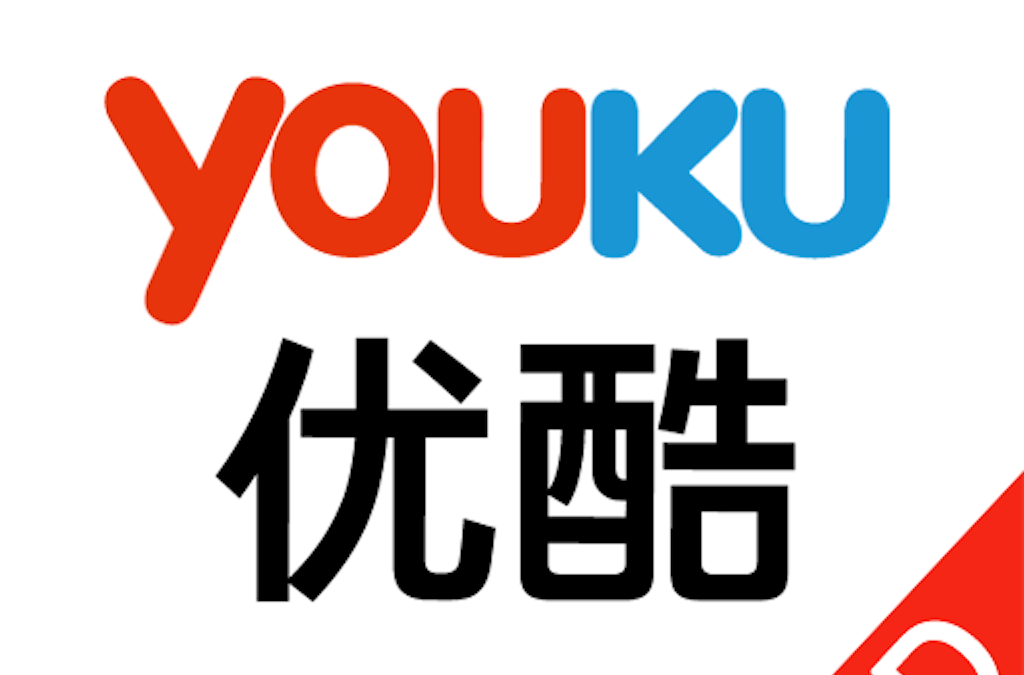When it comes to marketing media, nothing beats video in efficiency and the level of impact. While until a decade or so ago, TV ruled supreme in video advertising, today, services like YouTube have changed the landscape and the rules of the game entirely. Now, practically anyone with a camcorder can produce and post a video practically for free, potentially reaching millions of users.
Things in China are no different with one exception – YouTube has been blocked here since 2012. The “Chinese Youtube” is called Youku and while it is no YouTube clone, it operates along the same lines. After merging with another video hosting provider, Tudou, in March 2012, Youku Tudou became number one video site with well over 50% market share and growing.
According to figures from iResearch, the online video market size will grow to 16.53 billion yuan ($2.72 billion) by the end of 2014, up from 12.25 billion yuan ($2.02 billion) at the end of 2013. With over half of the online video market share, Youku has become the primary channel to reach 600 million Chinese internet users.
Here is the list of 8 key factors that have to be taken into account when considering brand marketing with online videos to Chinese:
#1: You only got 2 seconds
There is a crucial difference between online videos and TV ads: watching TV is a passive experience vs. interactive one in case of online videos. For an online video it means one thing – it has to be engaging from the start. All of us are sick and tired of boring or over the top TV ads but we watch them anyway, often simply because we are too lazy to reach for a remote. With online videos, moving on is a matter of a click or a finger tap. If it doesn’t pick your interest in the first 2 seconds, you won’t watch it;
#2: Make them laugh
Number one type of content that is being retweeted in social media in China are jokes. If at all appropriate, make your video as funny as possible. Of course, you should take into account that many jokes Westerners find funny fall flat in China and vice versa, so make sure that it is reviewed and approved by a native Chinese first, they are in much better position to judge how funny the content seems to them. In my experience, employing goofy characters with some degree of slapstick humor works the best;
#3: Make them cry
Another type of content that works well is the one that connects on the emotional level. Recent Pepsi advertisement about a lonely father who receives an unexpected visit from his grown up successful children all brought together by accidentally triggered childhood memories (Pepsi-related, of course) has brought many viewers to tears and became an instant hit;
#4: Produce mini soap opera
The most successful video advertising in China has been built as a narrative. Estée Lauder’s launched a drama series, Sufei’s Diary, with 40 episodes broadcast daily on a dedicated Web site. The show was received as an entertainment and less of an advertisement resulting in millions of people tuned in daily. As a result, brand awareness of their product was measured to be higher by 27% over competitors;
#5: Optimize for mobile
One of the advantages of online videos vs. traditional TV ads is the opportunity for almost immediate conversion. All it takes is a click or a tap to place an order, to join a mailing list or to send some other type of interactive response to the advertiser. In order to take full advantage of it, the entire experience has to work smoothly and seamlessly. It’s especially true for videos optimized for mobile devices – you don’t want your viewers to end up on a standard landing page that is not optimized for mobile;
#6: Spread the message
Once the video is produced and posted online it’s very important to make sure it’s easily found. First of all, the tags have to be in Chinese and they should be relevant to the brand, the message and the content. Second, make sure to integrate video with other online marketing content: link to it from your main website, your social media such as Weibo and WeChat, your newsletter etc. It is even possible to integrate a specific video or your Youku video channel with your printed material via QR code (read here about QR code usage in China);
#7: Don’t count on search engine
In case of Google, videos are posted on YouTube are indexed and appear in search results within few days. Of course, it is because of the fact that Google owns YouTube. This is not the case of the largest Chinese search engine Baidu which has its own video hosting service and is in engaged in a fierce battle with Youku over the market share. Of course, most popular video content from Youku would still appear in the search results but it takes much longer;
#8: Look beyond the metrics
Measuring the reach and the impact of your online video campaign is always an important aspect of the overall online marketing strategy, unfortunately the lack of reliable tools and huge spam problem make this task very difficult. Of course, conversion rate is always the best measuring stick but if your goal is brand recognition things get trickier. The key is to focus on the quality vs. quantity as the numbers can be misleading. Reaching the key opinion leaders (KOL), individuals who are most active in Microblogs with thousands of followers, is the best way to spread your message fast and to the most receptive audience. Identifying those channels takes time and experience but the results will be well worth the effort.



